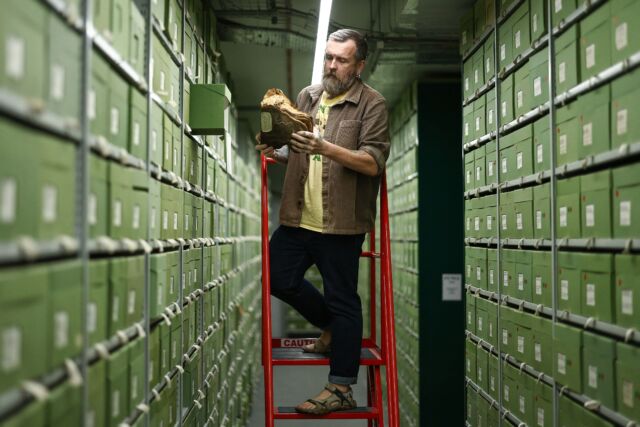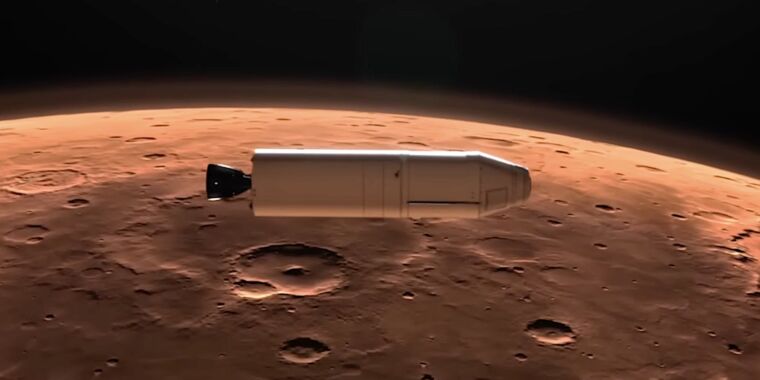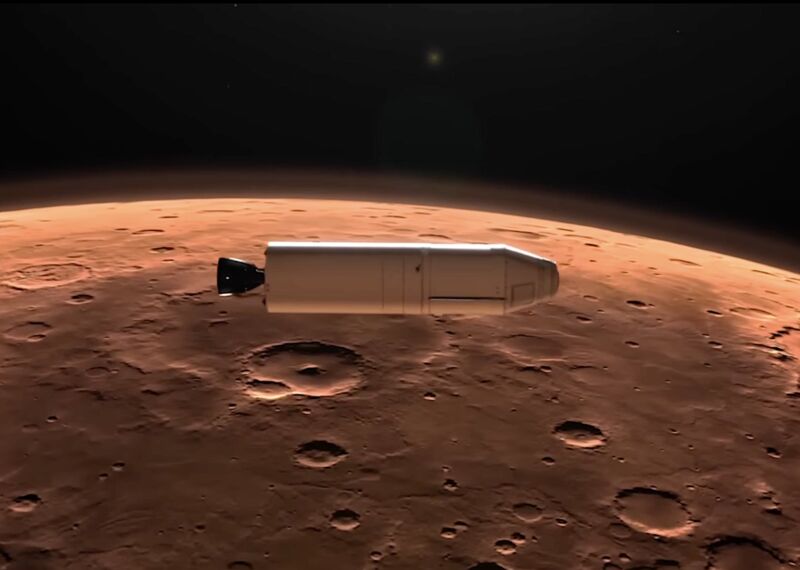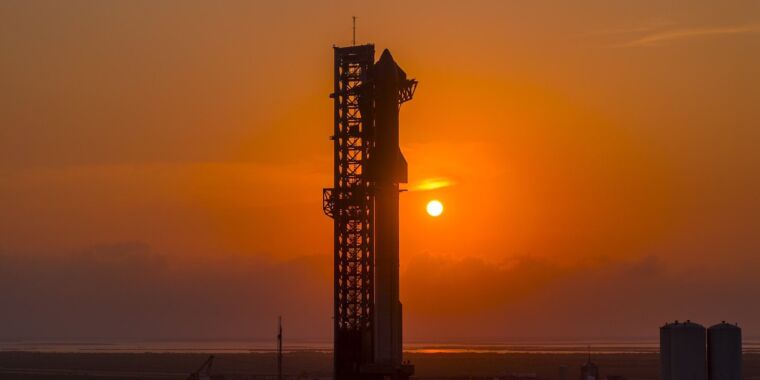The world’s largest fungus collection may unlock the mysteries of carbon capture

Enlarge / Fungus samples are seen on display inside the Fungarium at the Royal Botanic Gardens in Kew, west London in 2023. The Fungarium was founded in 1879 and holds an estimated 380,000 specimens from the UK.
It’s hard to miss the headliners at Kew Gardens. The botanical collection in London is home to towering redwoods and giant Amazonian water lilies capable of holding up a small child. Each spring, its huge greenhouses pop with the Technicolor displays of multiple orchid species.
But for the really good stuff at Kew, you have to look below the ground. Tucked underneath a laboratory at the garden’s eastern edge is the fungarium: the largest collection of fungi anywhere in the world. Nestled inside a series of green cardboard boxes are some 1.3 million specimens of fruiting bodies—the parts of the fungi that appear above ground and release spores.

“This is basically a library of fungi,” says Lee Davies, curator of the Kew fungarium. “What this allows us to do is to come up with a reference of fungal biodiversity—what fungi are out there in the world, where you can find them.” Archivists—wearing mushroom hats for some reason—float between the shelves, busily digitizing the vast archive, which includes around half of all the species known to science.

Enlarge / Fungarium Collections Manager Lee Davies inspects a fungus sample stored within the Fungarium at the Royal Botanic Gardens in Kew, west London in 2023.
In the hierarchy of environmental causes, fungi have traditionally ranked somewhere close to the bottom, Davies says. He himself was brought to the fungarium against his will. Davies was working with tropical plants when a staffing reshuffle brought him to the temperature-controlled environs of the fungarium. “They moved me here in 2014, and it’s amazing. Best thing ever, I love it. It’s been a total conversion.”
Davies’ own epiphany echoes a wider awakening of appreciation for these overlooked organisms. In 2020, mycologist Merlin Sheldrake’s book Entangled Life: How Fungi Make Our Worlds, Change Our Minds, and Shape Our Futures was a surprise bestseller. In the video game and HBO series The Last of Us, it’s a fictional brain-eating fungus from the genus Cordyceps that sends the world into an apocalyptic spiral. (The Kew collection includes a tarantula infected with Cordyceps—fungal tendrils reach out from the soft gaps between the dead insect’s limbs.)
While the wider world is waking up to these fascinating organisms, scientists are getting to grips with the crucial role they play in ecosystems. In a laboratory just above the Kew fungarium, mycologist Laura Martinez-Suz studies how fungi help sequester carbon in the soil, and why some places seem much better at storing soil carbon than others.
Soil is a huge reservoir of carbon. There are around 1.5 trillion tons of organic carbon stored in soils across the world—about twice the amount of carbon in the atmosphere. Scientists used to think that most of this carbon entered the soil when dead leaves and plant matter decomposed, but it’s now becoming clear that plant roots and fungi networks are a critical part of this process. One study of forested islands in Sweden found that the majority of carbon in the forest soil actually came from root-fungi networks, not plant matter fallen from above the ground.
The world’s largest fungus collection may unlock the mysteries of carbon capture Read More »

























